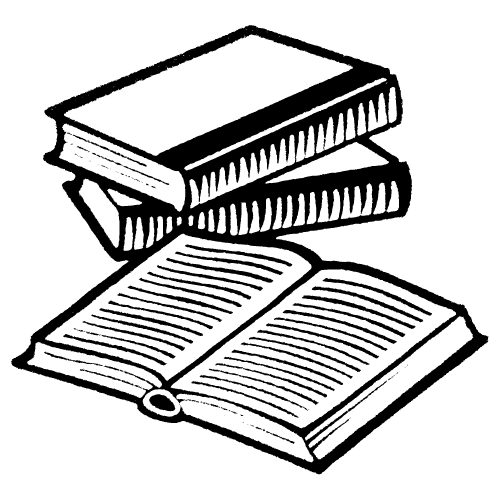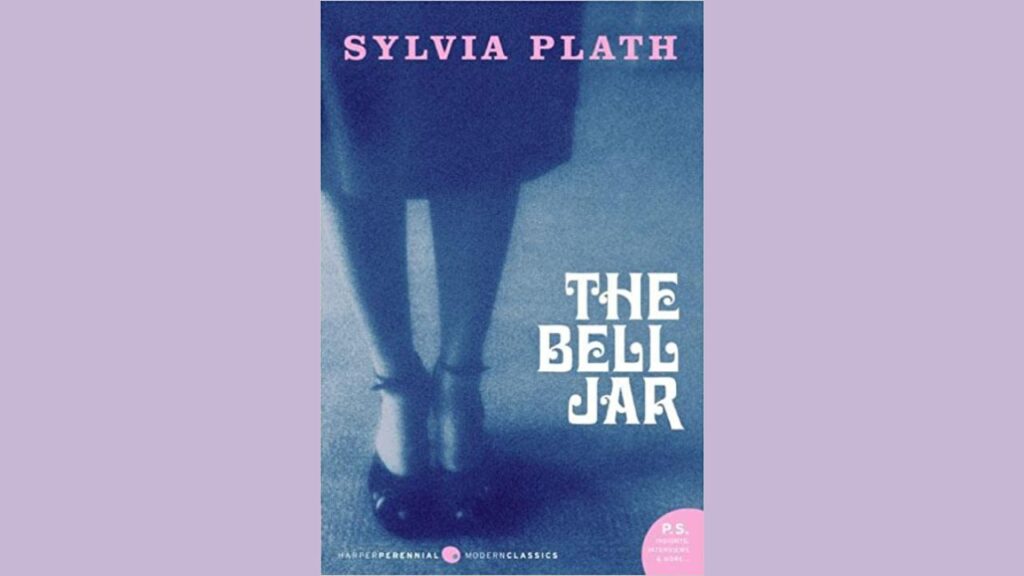
Student Notes – One Flew Over the Cuckoo’s Nest by Ken Kesey
Introduction:
One Flew Over the Cuckoo’s Nest, written by Ken Kesey and published in 1962, is a powerful and influential novel that explores the themes of institutionalization, individuality, and the struggle against oppressive systems. This student note provides an analysis of the novel, including an introduction, setting, historical context, characters, plot summary, key themes and symbolism, analysis and discussion points, and a conclusion. Set in a mental institution in the 1960s, the story delves into the clash between the authoritarian Nurse Ratched and the rebellious Randle McMurphy, ultimately examining the nature of freedom and sanity.
Setting:
- The novel is set in a mental institution in Oregon during the 1960s.
- The institution, ruled by the strict and controlling Nurse Ratched, becomes a microcosm of society and its oppressive systems.
Historical Context:
- One Flew Over the Cuckoo’s Nest reflects the social and political climate of the 1960s, a period of social unrest and countercultural movements.
- The novel captures the questioning of authority and societal norms that characterized this era.
Characters:
Randle Patrick McMurphy:
- The central character, a charismatic and rebellious inmate who challenges the oppressive authority of Nurse Ratched.
- McMurphy represents freedom, individuality, and the desire to break free from societal constraints.
Nurse Ratched:
- The cold and manipulative head nurse who exercises strict control over the patients.
- She symbolizes the oppressive system and embodies the theme of institutional power.
Plot Summary:
- The story is narrated by Chief Bromden, a silent and observant Native American patient.
- McMurphy’s arrival disrupts the ordered and oppressive routine of the mental institution.
- A power struggle ensues between McMurphy and Nurse Ratched, as McMurphy encourages the other patients to assert their individuality and challenge authority.
- The novel culminates in a tragic and symbolic climax that reveals the cost of rebellion and the consequences of institutionalization.
Key Themes and Symbolism:
Freedom and Rebellion:
- The novel explores the quest for freedom and the struggle against oppressive systems, symbolized by McMurphy’s rebellion against Nurse Ratched’s authority.
Sanity and Insanity:
- One Flew Over the Cuckoo’s Nest questions the definitions of sanity and madness, challenging societal perceptions of mental illness and the institutionalization of individuals.
Power and Control:
- The novel examines the abuse of power within institutional settings, exploring themes of control, manipulation, and the dehumanization of individuals.
Analysis and Discussion Points:
- The use of Chief Bromden as the narrator and his symbolic role as a marginalized individual.
- The significance of laughter and humor as tools of resistance and camaraderie.
- The portrayal of gender dynamics and the impact of patriarchal systems on female characters.
Conclusion:
One Flew Over the Cuckoo’s Nest by Ken Kesey is a powerful and thought-provoking novel that challenges the reader to question authority, embrace individuality, and examine the nature of freedom. The setting of a mental institution serves as a microcosm of society, highlighting the themes of power, control, and the struggle for autonomy. Through vivid characters and a compelling narrative, Kesey explores the boundaries of sanity, the consequences of rebellion, and the cost of institutionalization. One Flew Over the Cuckoo’s Nest remains a significant literary work that continues to resonate with readers, provoking discussions on the nature of conformity, personal freedom, and the human spirit’s capacity for resilience.





